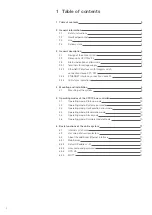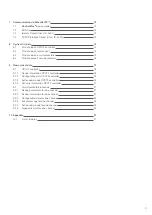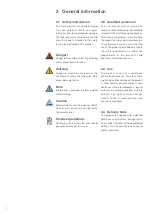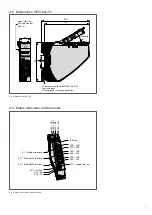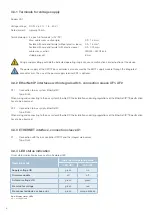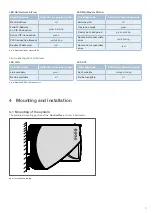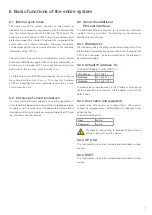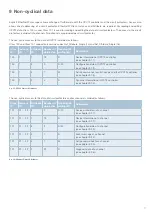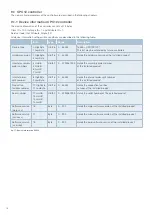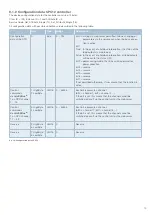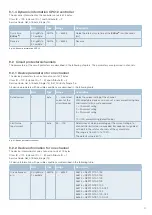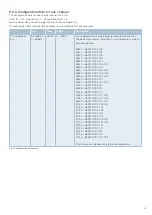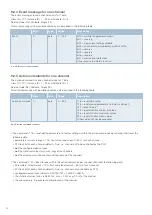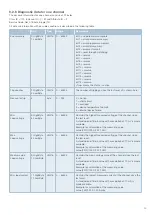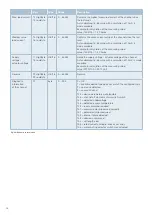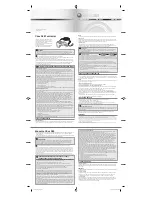
12
7 Communication via EtherNet/IP™
EtherNet/IP™ is a network adaption of the Common Industrial Protocol (CIP™) developed by the ODVA organization. CIP uses
abstract object modeling to describe the available communication services and data provided by a product. Objects and their
components are addressed by an addressing scheme consisting of Node Address (IP-Address), Class Identifier (Class ID), Instance
Identifier (Instance ID), Attribute Identifier (Attribute ID) and a Service Code. Assembly objects are used for I/O messages by
combining several I/O data into one block.
The IP-Address is typically assigned by a DHCP-server within the network.
Supported EtherNet/IP Features: Address Conflict Detection (ACD), Quality of Service (QoS), Device Level Ring (DLR) - Media
Redundancy
7.1 ControlPlex
®
device model
The power distribution system with CPC12 controller consists of a passive supply module EM12-T00-000-DC24V-40A and up to
16 intelligent circuit protectors of the REX series.
The power distribution system
ControlPlex
®
uses the following EtherNet/IP model:
EtherNet/IP
CPC12EN
Class 0x01,
0x06, 0x47,
0xF5, 0xF6
The EtherNet/IP interface requires several mandatory objects. These are the identity object (0x01), the
connection manager object (0x06), the device level ring object (DLR, 0x47), the TCP/IP interface object (0xF5)
and the ethernet link object (0xF6).
Class 100
Class 100 represents the CPC12EN controller.
All system wide information and settings can be accessed through this class. Details are described in Chapter 9.
The I/O data of the CPC12EN are described in chapter 8.1.
Class 101
Class 101 represents the circuit protectors connected to the CPC12EN.
All circuit breaker specific information and settings can be accessed through this class. Details are described
in Chapter 9.
The I/O data of each circuit protector contain the control byte, the status byte and measuring values. The
process data image of the PLC holds 10 input bytes and 2 output bytes for each circuit protector. Details are
described in chapter 8.2. The quantity of cyclically exchanged process data is adjustable.
If fewer circuit protectors are connected than configured, the status of the missing circuit protectors is marked
as »not available«.
If more circuit protectors than configured are connected, these cannot be accessed by the PLC.
The CPC12 allows configuration of 1 to max. 16 circuit protectors.
fig. 8: Communication properties
Содержание EtherNetIP ControlPlex CPC12EN
Страница 1: ...User Manual ControlPlex Controller CPC12EN...


